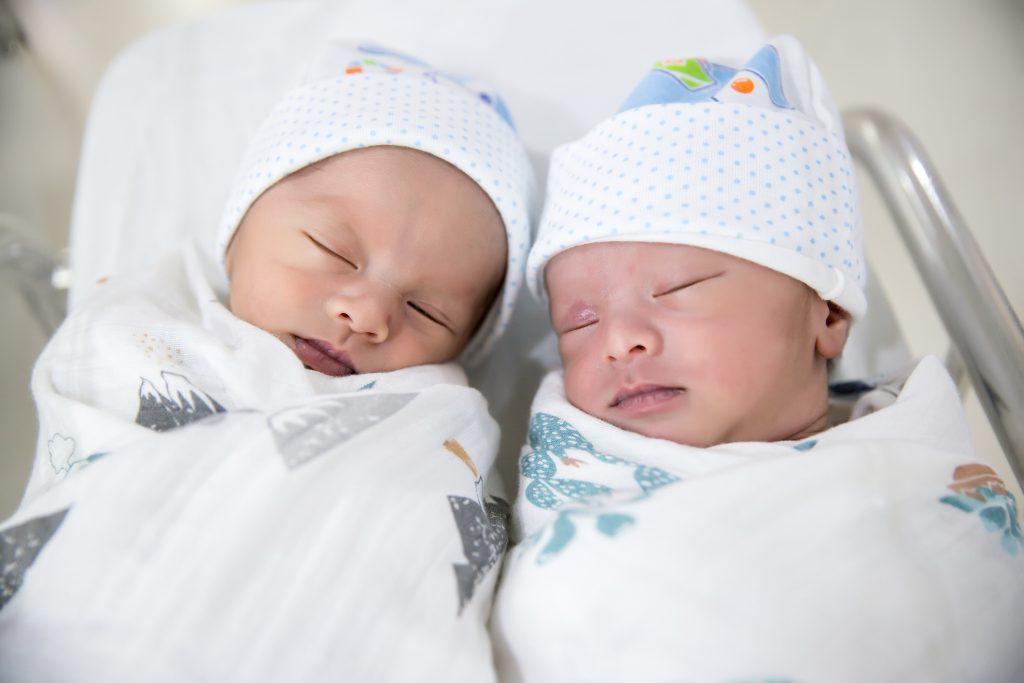
A new study conducted by researchers at Georgia State University and Istanbul Bilgi University suggests that twins undergo language acquisition at a slightly different rate from their single-birth counterparts. The team of psychologists and linguists found that twins tend to use fewer physical gestures and lag behind single children in terms of language development, findings which could expand our understanding of early language acquisition as we currently know it.
“The implications are fascinating,” said Şeyda Özçalışkan, the principal researcher on the project, which was published in the Journal of Nonverbal Communication. “It shows that gesture and speech go hand in hand in early development in twins. When one is lagging behind so does the other.”
Gesture and speech appear to be quite closely tied in first language acquisition—past studies have shown that when infants and toddlers begin using communicative gestures more and more frequently, the first signs of spoken language often come shortly thereafter. The current study positions itself as another study further solidifying linguists’ awareness of the phenomenon, as the researchers found that the longer it takes for infants to begin using gestures regularly, the later they are in developing spoken language.
Less research has been conducted with regards to how twins and single children produce gestures and speech differently—that’s where Özçalışkan and her team’s study comes into play. “There was close to nothing in research on gesturing among twins in any language,” Özçalışkan said. The researchers found that twins typically begin using communicative gestures slightly later than single children—additionally, the gestures that single children used were much more complex and frequent than those the twins used. The researchers also found that boy-boy pairs of twins lagged the most, compared to girl-girl twins, who produced slightly more complex gestures than their male counterparts.
The researchers credit these findings to two possible factors. First, they note that parents of single children likely provide their children with more individualized and frequent input than the parents of twins—it’s possible that parents of twins have shorter and less complex conversations with the infants, since their attention must be divided between two children. Additionally, the researchers also note that as infants, twins have been shown to develop their own rudimentary communication systems between each other, which could delay the acquisition of their native language slightly.
“Gesture is a very powerful tool,” Özçalışkan said. “Pay attention to your child’s gestures, and then provide verbal descriptions to help their language development.”







